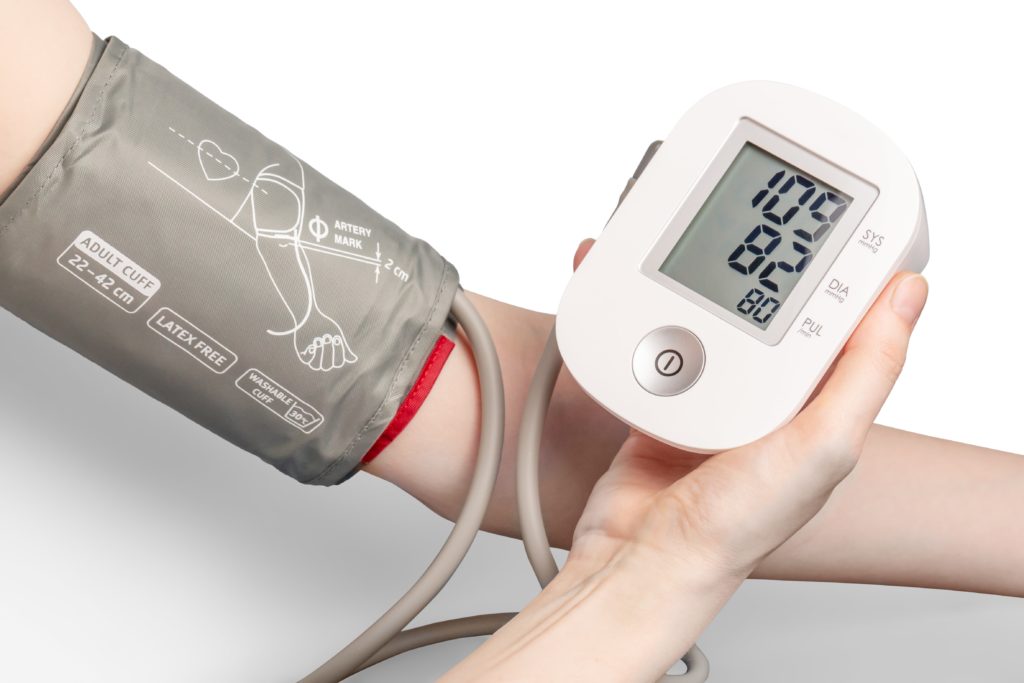Have you ever become suddenly aware of how loud you’re breathing or how often you’re blinking? From time to time, we all experience a hyperawareness of our bodily sensations that typically run on autopilot. Since we aren’t usually tuned into these sensations, it might feel overwhelming to all of a sudden be acutely aware of them.
If awareness of these normal sensations becomes overwhelming to the point that you feel you need a distraction from thinking about them or you worry you may never be able to not think of them, it’s possible that you have a subtype of OCD called somatic OCD.
Similar to other OCD subtypes, somatic OCD is often triggered by intrusive thoughts that lead to a hyperfixation of bodily functions, such as chewing, blinking or breathing. The thoughts can vary from person to person, with some people experiencing fear that they’ll never stop noticing these sensations and others fearing that they may suddenly stop breathing or will forget how to swallow.
Learning you have somatic OCD can be scary, but the first step to managing your symptoms is understanding how they may be affecting your life. Relief from your symptoms is possible — somatic OCD can be effectively treated.
How is somatic OCD treated?
Somatic OCD can be treated as effectively as almost all subtypes of OCD through a form of cognitive behavioral therapy (CBT) called exposure and response prevention (ERP) therapy. ERP therapy is the gold-standard treatment option for OCD and is known for leading patients to a life free of compulsions.
In ERP therapy, a therapist works with the patient to intentionally trigger their OCD cycle to allow the patient to experience their symptoms in a safe and controlled environment. If you begin ERP therapy, you can expect your therapist to work through exposures with you where you’ll be challenged to let your intrusive thoughts come up while resisting the urge to enact your compulsions. As you become more used to your intrusive thoughts, you’ll begin to feel less and less inclined to engage in compulsions.
What are somatic OCD exposures?
In many other subtypes of OCD, exposures may look like directly approaching the trigger. However, somatic OCD exposures will often look much different. You might think that exposure for somatic OCD would be to focus even more on the physical sensations that are scary. However, this is often not helpful because you are already doing that. Instead, the goal is to learn to stop directing attention to the sensation and to stop ruminating.
For some people with somatic OCD, they may begin to notice their bodily sensations because they’re scanning to make sure they’re not missing a medical issue. In a case like this, your therapist will engage you in exposures that challenge that belief in order to help you resist feeling the need to body scan.
Other exposures for somatic OCD may include doing anything you avoid because it makes you more aware of your bodily sensations, such as exercising.
What is response prevention?
In addition to your exposure sessions, it’s critical to practice response prevention. In this case, this means becoming aware of when you fall into an obsessive awareness of your bodily sensations. Rather than trying to fight off this mental process, allow it to simply exist. The more you try to fight off your obsessive thoughts, the more they’ll spiral and lead to intense rumination and the need to enact your compulsions. Somatic OCD treatment largely comes down to defining the line between awareness and attention and working to give your OCD cycles less attention.
If you’re ready to begin managing your somatic OCD symptoms, you can schedule a free call with the NOCD clinical team. All NOCD therapists specialize in OCD and receive ERP-specific training to offer you effective treatment options. You can also join our Somatic OCD community and get 24/7 access to personalized self-management tools built by people who have been through OCD and successfully recovered.

